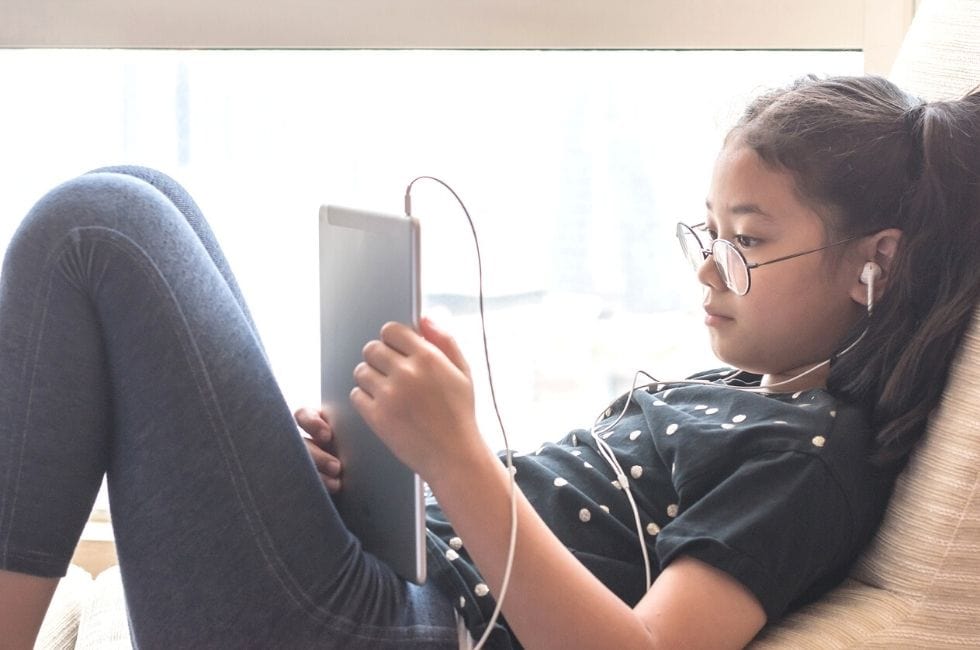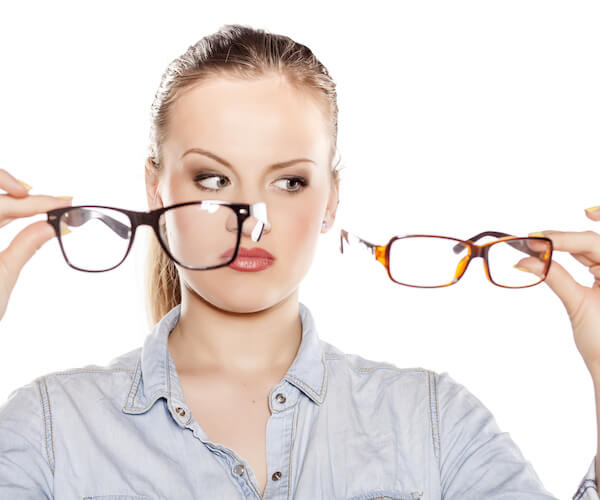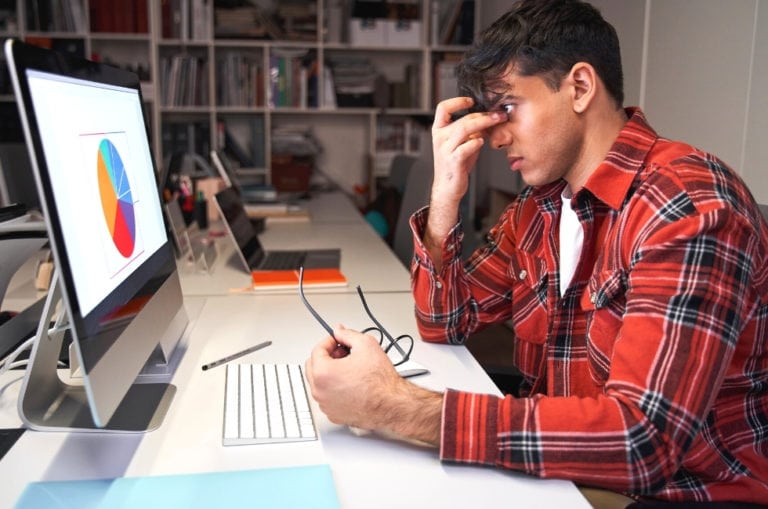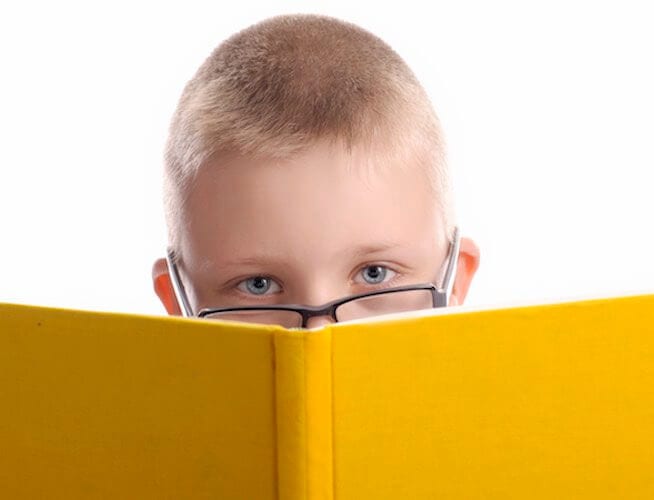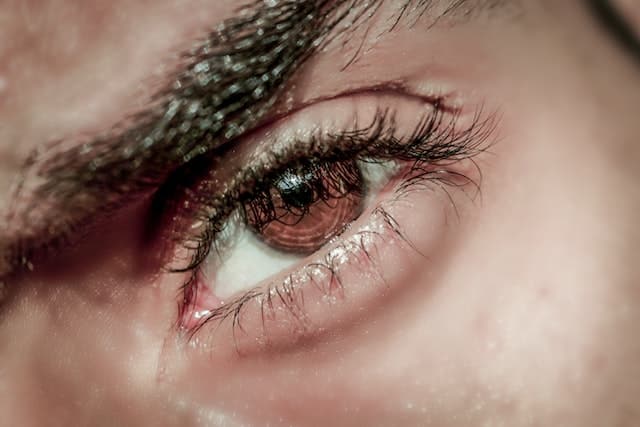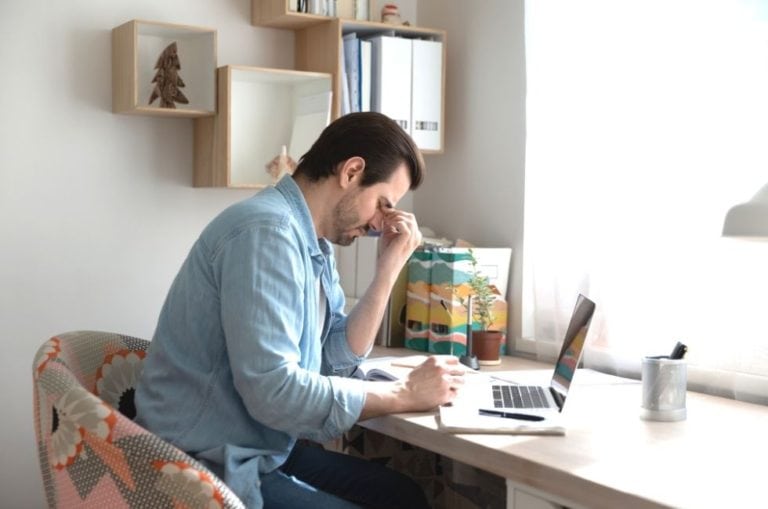The Covid-19 pandemic and its lockdowns haven’t only impacted on the health, economic and business sectors. Studies and surveys show they have also taken a heavy toll on eye health. And the rise in the prevalence and severity of vision disorders, errors and diseases, is especially evident in the increase in digital eye strain and myopia (nearsightedness) among young children, according to Australian behavioural optometrist and fellow of the International Academy of Orthokeratology and Myopia Control, Gary Rodney.
He says that a British survey by the College of Optometrists showed that overall one in three people who responded to the survey believed their vision had worsened during lockdowns, and 42% of those in the 18 to 34 age group had attributed the eye deterioration to screen time and digital eye strain.
How Lockdown Impacted on Vision
“The escalation in eye problems since the pandemic started in 2020 isn’t surprising. Lockdown regulations and the virus itself led to increased stress and anxiety levels; mandatory indoor lifestyles, and less exercise and outdoor time. It also brought about a huge increase in the frequency and length of exposure to cell phones and screens, as more and more people worked, taught their children, or sought entertainment, while “staying at home”. And all of these factors are known to contribute to eye problems,” Rodney says.
“Treatments and regular eye check ups were also disrupted. This is partly due to a reluctance to go to eye clinics for fear of Covid-19 infection, which research shows affected close to 60% of people surveyed. And many hospitals postponed eye surgery, especially with regard to cataracts, one of the biggest causes of eye impairment and vision loss in those over 40, and even more so in those over 60.”
Lockdowns’ Effect on the Myopia Epidemic
Rodney says that pre-Covid-19, nearsightedness was already affecting billions of people worldwide, and predictions were that by 2050 it would be impacting on every second person globally. But Rodney says the results of an on-going study, which has gathered data on myopia since 2015 from more than 120,000 Chinese children between 6 and 13 years old, paints a dim picture of what’s now being called “quarantine myopia”. And this may lead to the 2050 prediction being raised considerably higher.
The 2020 data showed a more than three times faster increase in the number of children between 6 and 8 who had myopia or were likely to get it, when compared with data collected in the previous five years. When compared with 2018 data, the numbers for six-year-olds rose from 5.7% to over 20%; from 16.2% to 26.2% in seven-year-olds; and from 27.7% to 37.25% in those who were 8. The study also detected an acuity shift of 0.3 diopters (or units of refractive power) towards the refractive error.
According to Rodney, myopia doesn’t stop at causing severe loss of distance vision, and allowing clear sight only when objects are seen close up. It also impacts on myopics’ learning abilities; mental, physical and psychological health; and increases the progress and severity of the world’s worst eye diseases, including cataract; glaucoma; retinal detachment; non-age-related macular degeneration; as well as blindness in the elderly.
For more information on vision problems, or to make an appointment, visit the Smart Vision website: Optometrists Sydney: Optometry Services For Children and Adults | Smart Vision; for specific information about Myopia treatment and prevention visit Myopia Prevention: Solutions, Control And Treatment In Sydney; and for detailed information about Myopia Treatment visit Orthokeratology In Sydney: The Non Surgical Alternative.
Book an appointment for a thorough eye check-up or Call the Bondi clinic on (02) 9365 5047 or the Mosman clinic on (02) 9969 1600.

